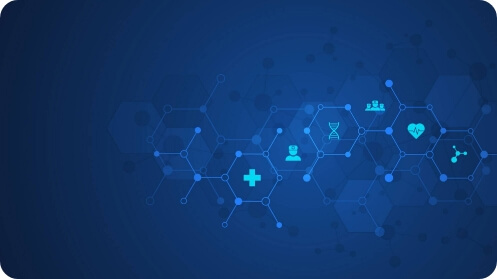How UX can Make Today’s Businesses More Profitable?
Date:February 29, 2024

Date:February 29, 2024
As UX is being integrated into every function across organizations, it is transforming the business landscape in product and services industries in an unprecedented manner. A simple realization a lot of design-thinking companies have had-
“You could offer your customer cutting-edge solutions based on latest tech like AI, ML and blockchain, but it means nothing if the user experience is bad”
Companies around the world are now looking at UX not only as simple design enhancements, but as a way to create optimized solutions desired by their customers, which ultimately provide business value for their organization.
UX practitioners from the Bosch Design Studio work alongside product engineers to build optimized user-centric solutions. They start with empathetic user research which lays the foundation for the design process that follows. Using storyboards, customer journey maps, user-flow diagrams, sitemaps and prototypes, they collaborate with the customer in an iterative process, thereby delivering a product/service desired by them.
But, how does UX/UI actually provide returns to an organization implementing it? In this context, a lot of UX practitioners often hear the question from savvy business managers – “that’s a lot of upfront investment to make something look and feel good. Will we get returns”? The answer to this question is “Of course, you will and here’s a list of proven business benefits of UX”
Business Benefits of UX

Reduce development costs
With the solid backing of user research, analysis, and user testing; UX design process reduces usability problems with products/services, that when discovered later in the product life-cycle can prove very costly to fix. The best-practice here is to detect and fix issues during the design stage rather than after product launch. Hence, when UX principles are applied up-front, development costs are reduced down the line.
Reduce support costs
Both customers and organizations want easy, convenient and fast transactions with minimum human interactions during the customer journey. Building a product/service with an early understanding of users’ behavior and needs makes it easy-to-use, thereby reducing users’ reliance on the company’s support desk.
Competitive advantage
In a market cluttered with similar offerings, products/services that deliver unique and memorable user experiences, help companies differentiate and build lasting relationships with customers.
Increased customer retention
Products that are continuously evolving to deliver better user experiences, delight customers and keep them coming back for more. When customers feel that their needs are met, they display loyalty to the brand.

At Bosch Design Studio, user-centricity is at the heart of everything we build and deliver. We are constantly working on enhancing the customer experience throughout the customer journey starting from product consideration, selection, purchase, installation, maintenance and support. We also continually measure the user experience, thereby evaluating the effectiveness of our UX strategy. This process of ‘listening’ to customers and continuously evolving our products, has improved our brand value and helped us build a loyal customer base.
Conclusion
As more and more companies across service and manufacturing industries move towards prioritizing user experience above any other element of product development, it will be interesting to learn how their investments in UX will be monetized.
At Bosch, we believe in user-centricity. Setting down frameworks and management tools has enabled the adoption of the design mindset consistently for every project. This has not only helped us in delivering user-centric products faster than ever, but also in passing on the resulting cost benefits to our customers.




